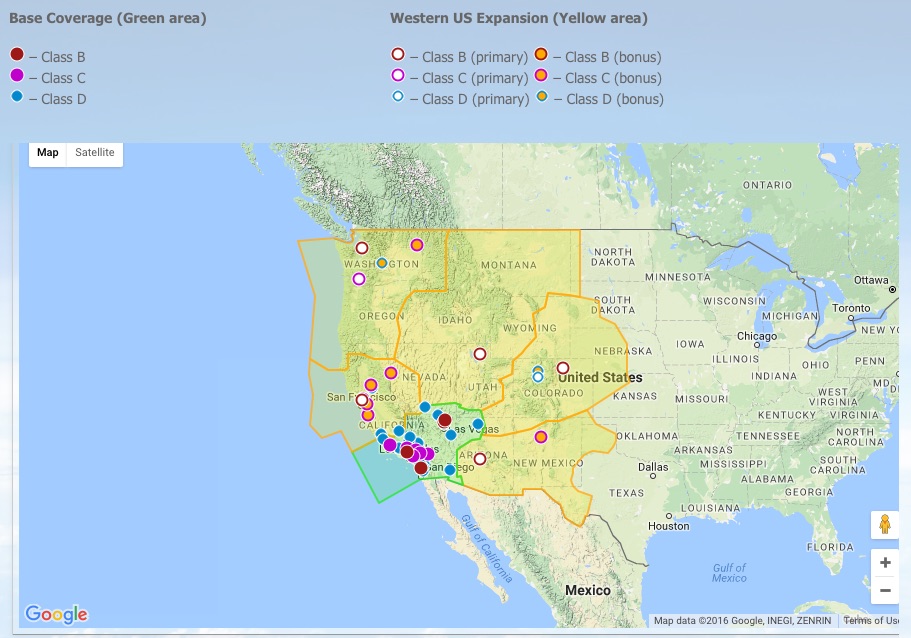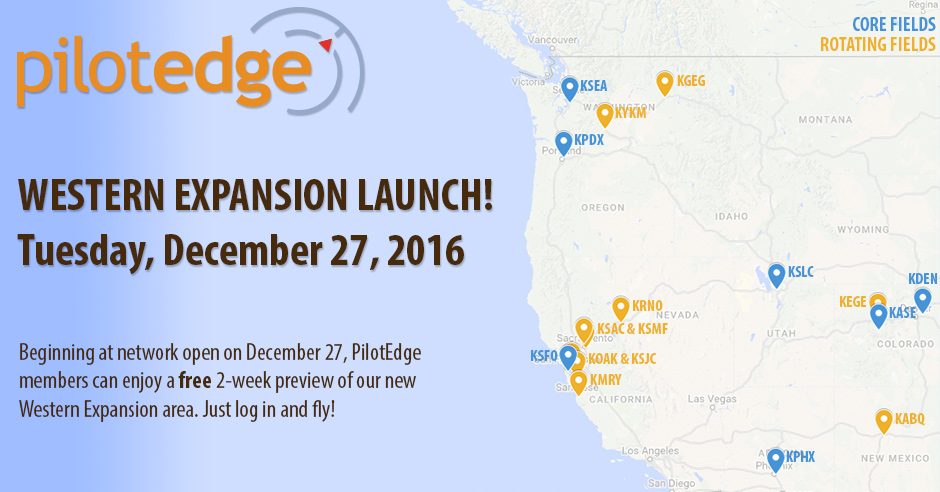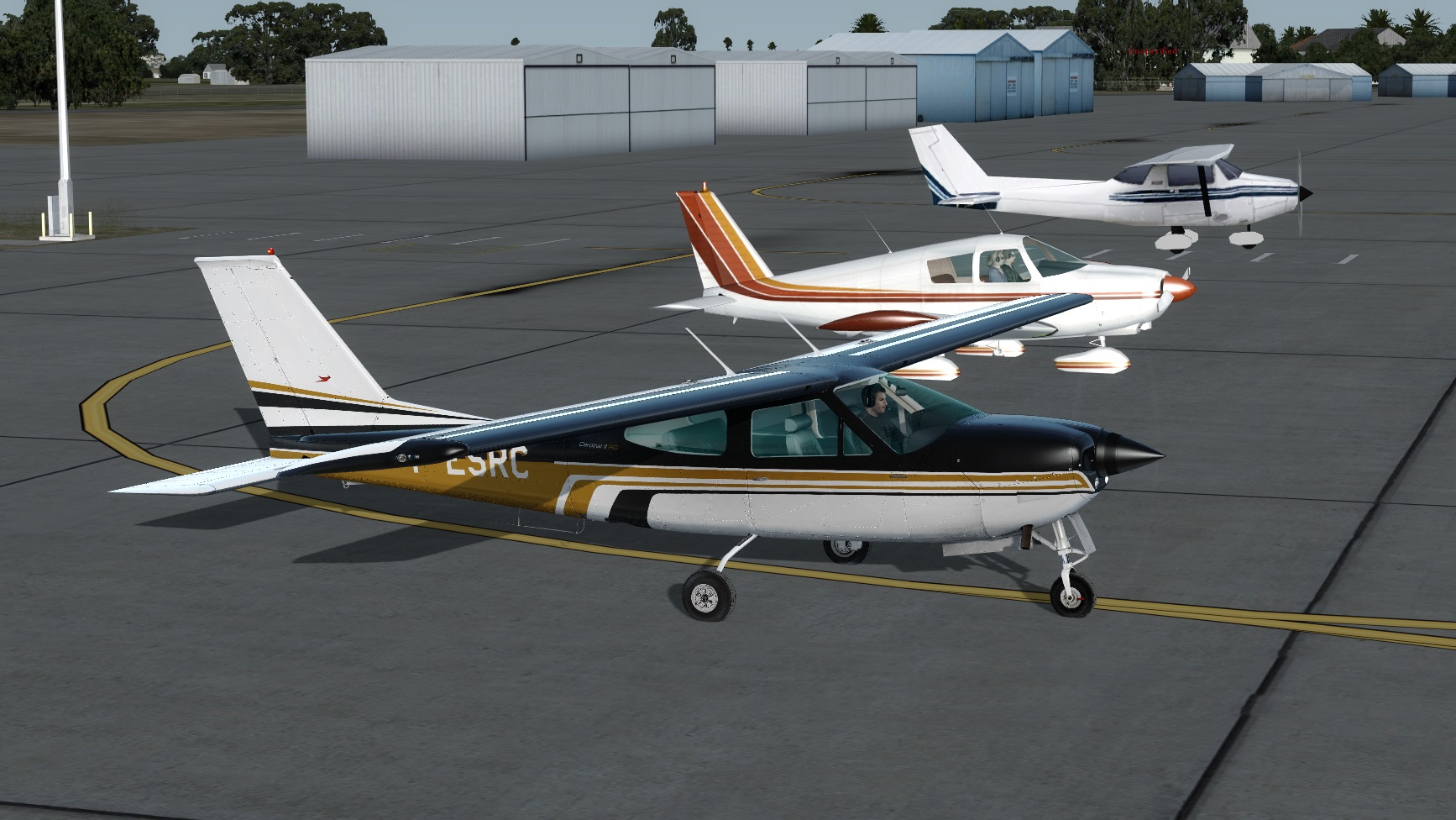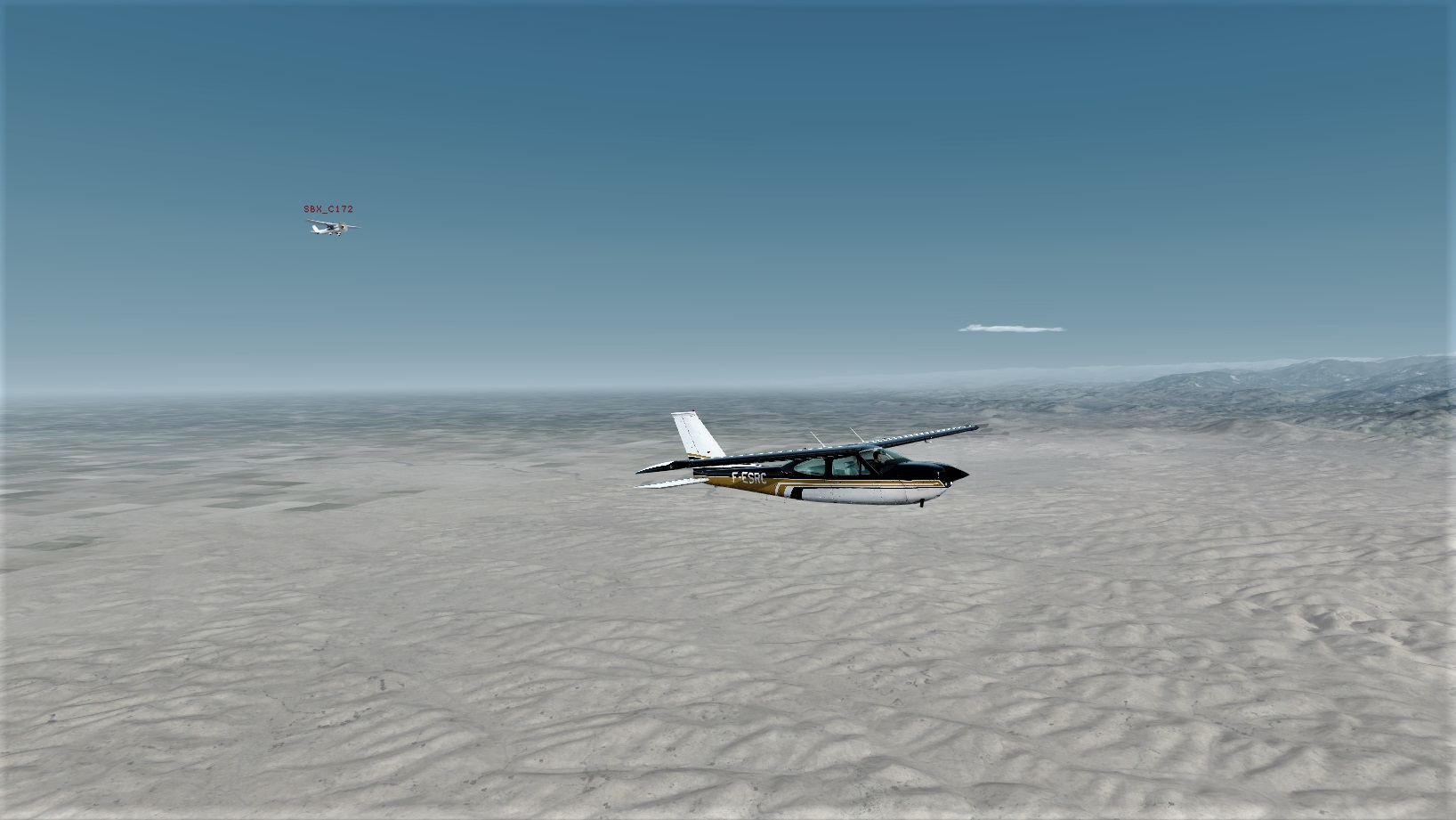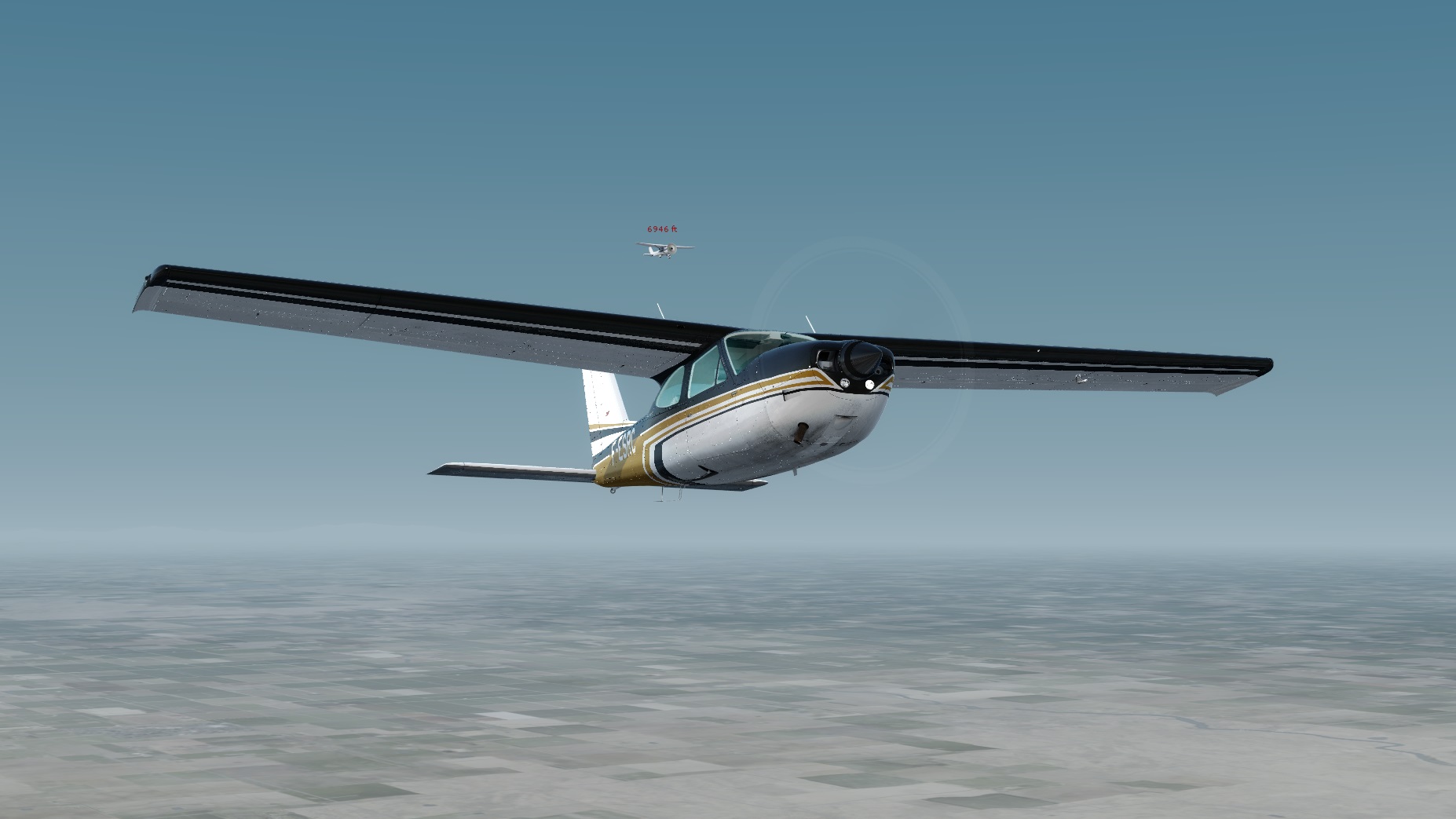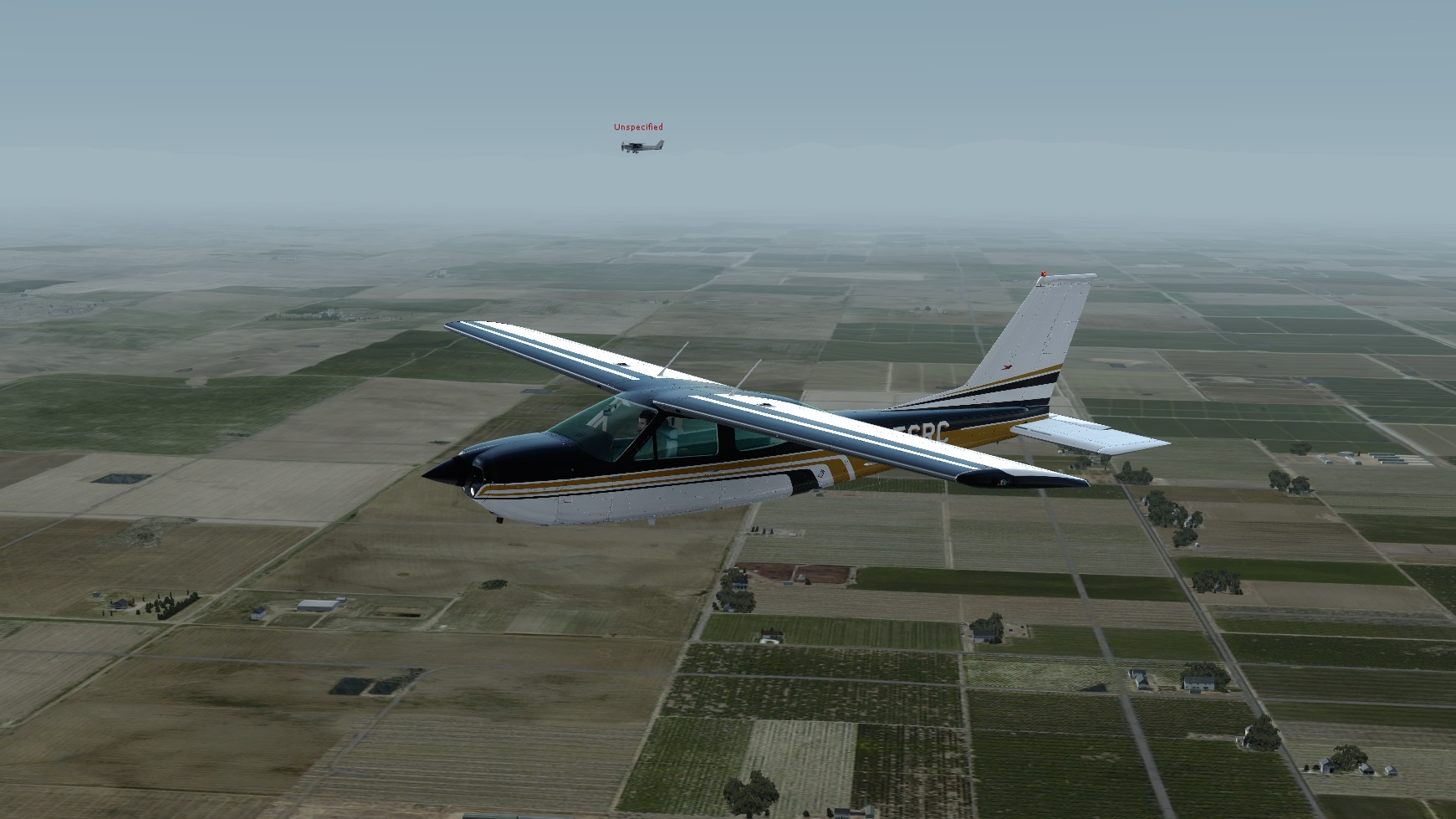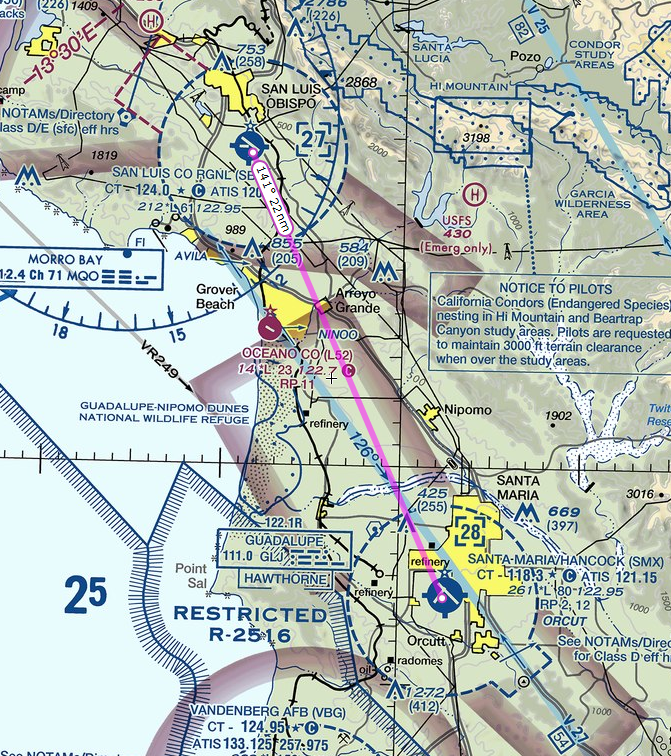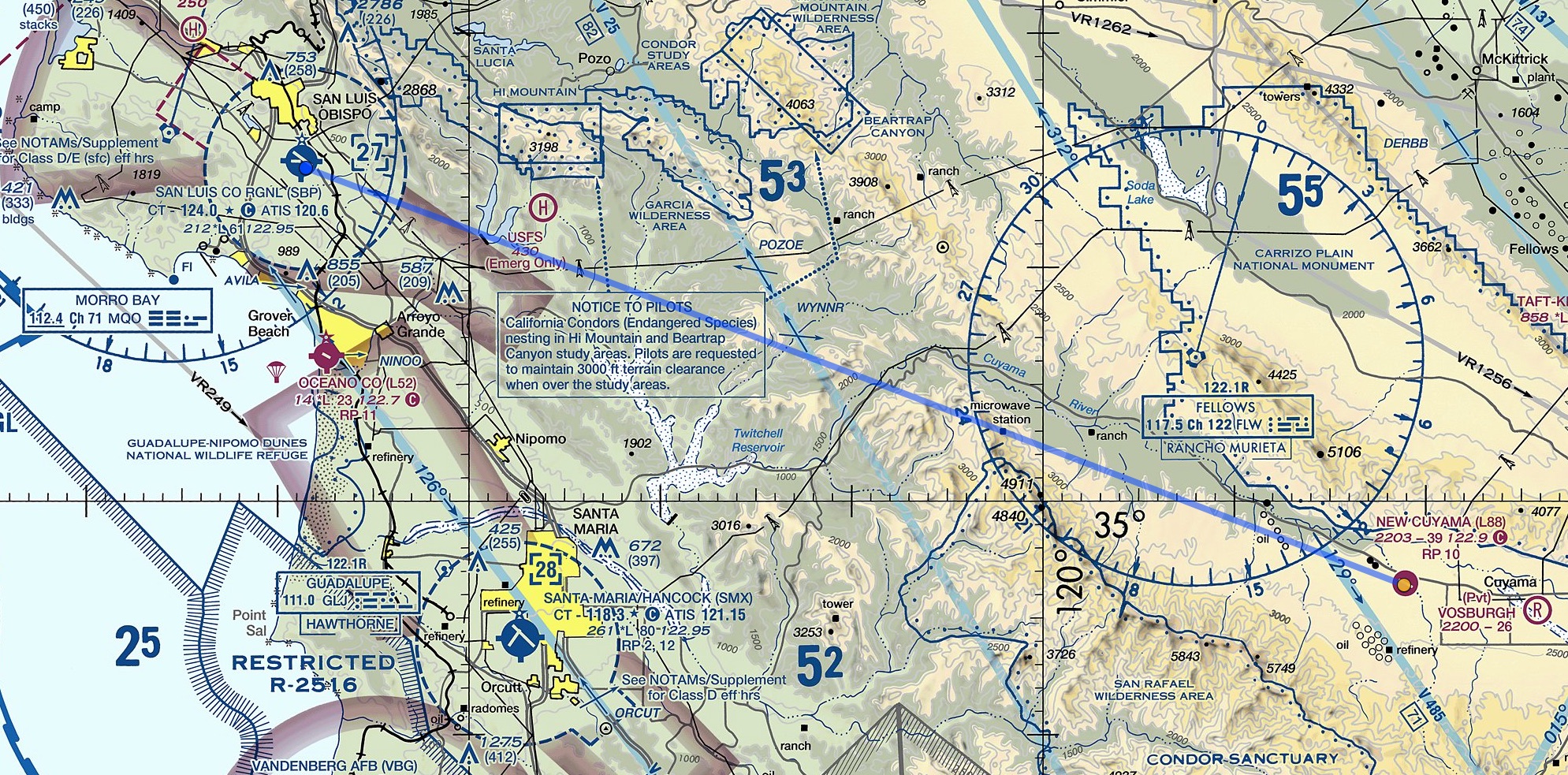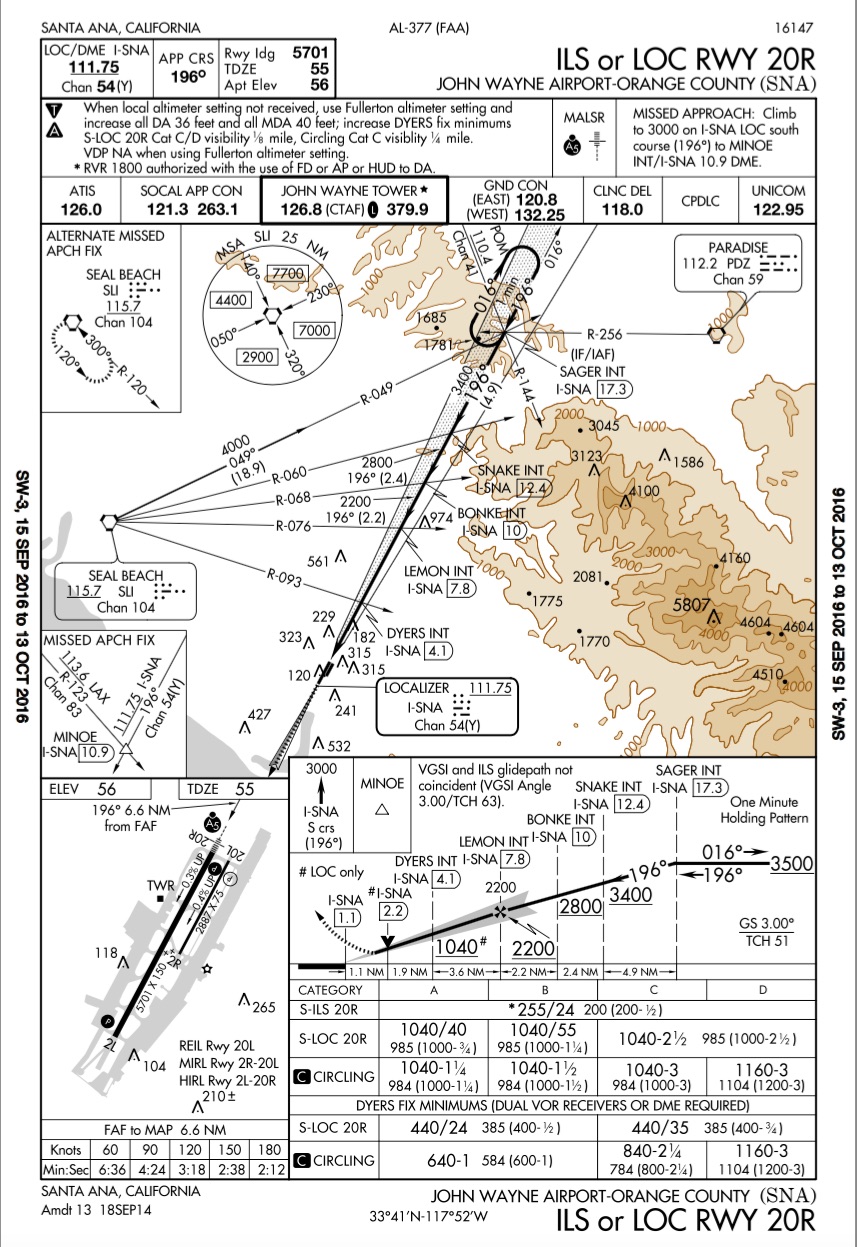Regular readers probably know that most recent Saturday mornings (US time) I join a group of other simmers on PilotEdge to do pattern work and practice radio skills together. The group is called “ACT,” for After-hours Closed Traffic (as the PE air traffic controllers are offline when we begin), and it’s been a lot of fun. The general plan each time is to start at a non-towered field, do some touch-and-gos, fly to another non-towered field, and repeat. After a few stops we then typically head to a towered field in PilotEdge to land under ATC control. There are usually four or five of us online each week. Here’s the schedule for this Saturday at 9 AM ET (all of which are fields in the greater Portland area):
W04 (Ocean Shores)
14S (Westport)
2S9 (Willapa Harbour)
7W1 (Port of Ilwaco)
KAST (Astoria)
KPDX (by MisterX – an excellent designer of freeware X-Plane scenery)
If you’ve never tried PilotEdge, I think you should consider joining us, even if just for the non-towered part of the flight. It’s a great service, and ACT is a great way to begin to learn the ropes. PE has a two-week free trial, so there’s no fee for entry, and we can talk you through the radio calls, so it would be a learning experience as well. If you’d like to give it a try, sign up for a free trial and download the software for your sim. Then, next Saturday at 9 AM ET, just position your plane at W04, connect to the network, tune your COM1 radio to 123.45, and fly with us. It’s a great way to learn the system and have some fun at the same time.
Finally, the hyperlinks in the list of fields above are links to the latest custom X-Plane scenery for each field, should you want them. Be sure to download the latest version as there are multiple iterations.
I hope to see you there!
